Taiyuan Twin Pagoda Temple
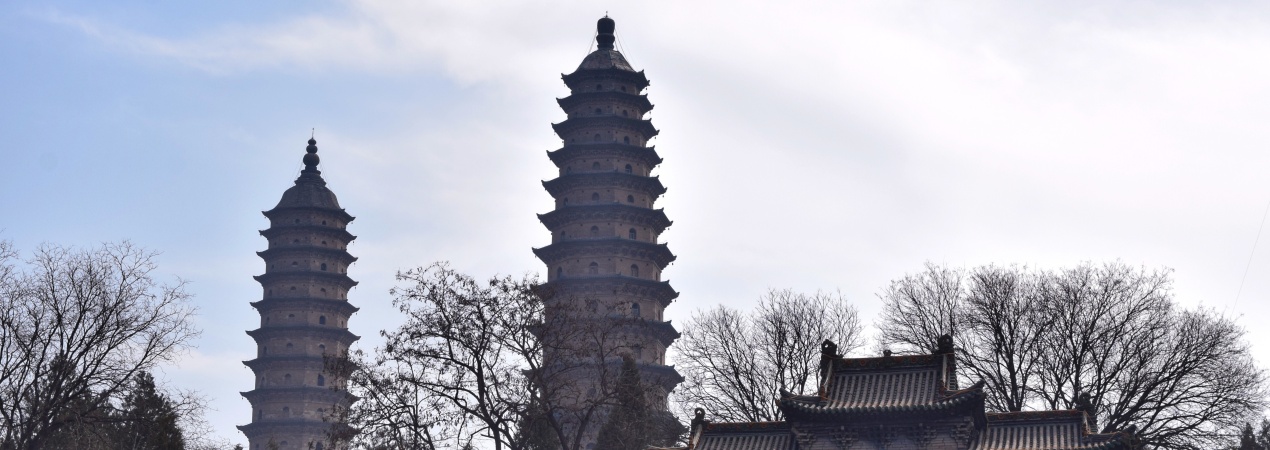
The Twin Pagoda Temple (Yongzuo Temple) has stood in Taiyuan for 400 years. It's a well-known landmark today. This calm space blends history, buildings, and lovely plants. More than a holy place, it displays Ming Dynasty art. Locals treasure it as the city's symbol.
- Chinese Name: 永祚寺 Yǒngzuò Sì(commonly known as 双塔寺Shuāng Tǎ Sì)
- Duration: 1.5 - 2.5 hours
- Entrance Fee: RMB 30
-
Opening Hours:
High season (April 1 - October 31): 8:30- 17:30 PM
Low season (November 1 - March 31 of the following year): 9:00 - 17:00
- Best Time to Visit: April to October
- Address: No. 8 Jia Street, South Twin Towers Lane, Yingze District, Taiyuan City, Shanxi Province
- How to Get There: Take bus 820, 812, 873. Get off at "Twin Pagoda Temple" stop.
Highlights of Twin Pagoda Temple
Iconic Twin Pagodas
The twin brick pagodas stand as Taiyuan's clear symbol. They dominate the temple area. Built around 1608 in the Ming Dynasty, they show great engineering skill. These pagodas look similar from far away. But they have interesting differences. Xuanwen Pagoda is a bit shorter. It exudes an older charm with detailed carvings of Buddha niches and roof eaves. Wenfeng Pagoda stands taller and straighter. If you climb its steep steps inside, you reach the top. There you see amazing city views. Both have elegant eight-sided shapes. Built only with bricks and no wood supports, they demonstrate ingenious building techniques. Ancient stories give them special meaning. People say they balanced Taiyuan's 'feng shui' and helped students succeed. Climbing Wenfeng Pagoda offers visitors a chance to enjoy these panoramic vistas up close.
Exquisite Peony Garden
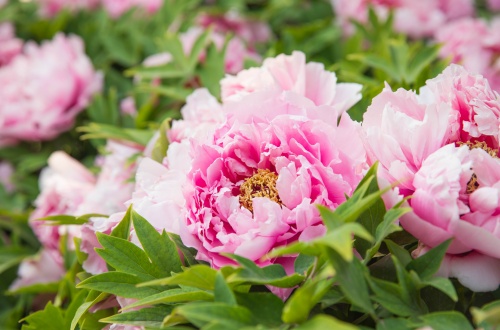 The peony of garden
The peony of gardenThe Twin Pagoda Temple's peony garden is famous throughout China. It holds a special collection of Ming Dynasty peonies. These very old plants bloom with bright colors and rich fragrances each spring. The best time to visit is late April to mid-May. Walking here feels like entering the past. Some bushes are over 300 years old. Their thick trunks hold many pretty flowers in pink, red, white, and purple. Moreover, the garden keeps many uncommon valuable varieties. This makes it northern China's key historical peony collection. Seeing these short-lived flowers near the old pagodas and halls gives a special feeling found only here.
Calligraphy Gallery and Steles
The temple houses its stone steles mainly in the courtyard halls. These are important but not well-known cultural treasures. The collection has valuable carvings by famous artists. The top piece shows Huang Tingjian's writing. He was a prominent Song Dynasty master. His writing style exudes strength and is full of energy. Other special stelae include works by Su Shi and Zhu Xi. These objects connect us to ancient Chinese art and learning. They offer a calm contrast to the majestic pagodas and bright peonies. You must see them to understand the temple's full meaning.
The Main Temple Complex
The pagodas catch your eye first. But Twin Pagoda Temple's true center is its Ming Dynasty courtyard halls. These buildings are well-preserved. The Great Buddha Hall and Three Sages Hall show classic Ming brick design. They have simple beauty, strong brick ceilings resembling wooden beams, and symmetrical balance. Colorful glazed decorations add soft touches of color. These halls hold important Buddhist statues. They create the temple's original holy space. While walking through the courtyards, the symmetrically arranged buildings stand on both sides. They lead toward the tall pagodas. This walk gives a strong feeling of history and peaceful contemplation.
Educational Value
Wenfeng Pagoda is an auspicious tower for feng shui purposes. People in ancient China thought that building these pagodas helped local culture grow. In Ming Dynasty times, Taiyuan's land was higher in the northwest and lower in the southeast. Feng shui experts concluded that this land's shape diminished Kuixing's position. Kuixing is the celestial deity of literary fortune in Chinese beliefs. This situation hindered scholarly success. To fix this land problem and revitalize cultural vitality, Taiyuan's local leaders gathered money. They built Wenfeng Pagoda in 1599. Their goal was to "activate the land's good forces and elevate scholarly prosperity."
Activities to do at Twins Pagoda Temple
Climb the Wenxuan Pagoda: Wenfeng Pagoda is among China's few climbable Ming Dynasty pagodas. Its interior staircase is narrow and steep, requiring visitors to sometimes squeeze through sideways. The climb demands careful concentration, often requiring the use of both hands and feet. This small space makes climbing harder but more fun. Reaching the top rewards climbers with a panoramic view of Taiyuan city spread out below.
Drop us a line and we'll connect you with the top China expert in no time!
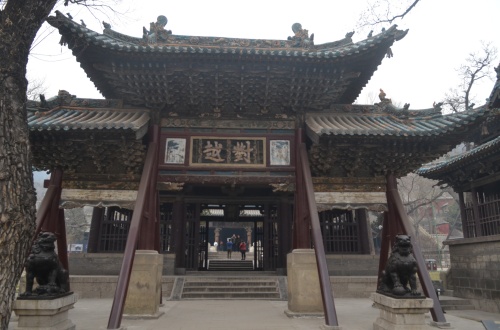 Jinci Temple
Jinci Temple 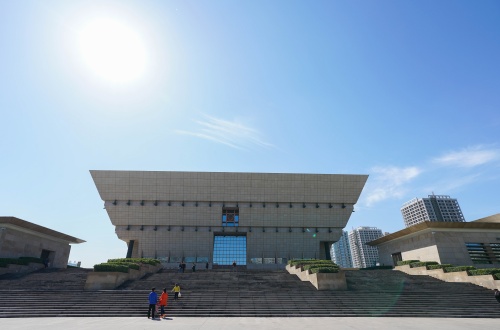 Shanxi Museum
Shanxi Museum 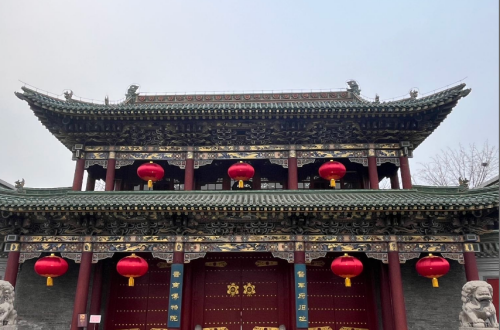 Taiyuan Shanxi Merchants Museum
Taiyuan Shanxi Merchants Museum 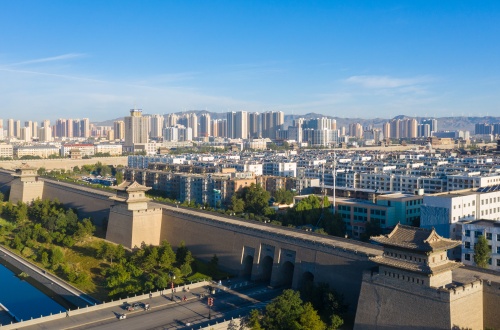 Shanxi Travel Guide
Shanxi Travel Guide